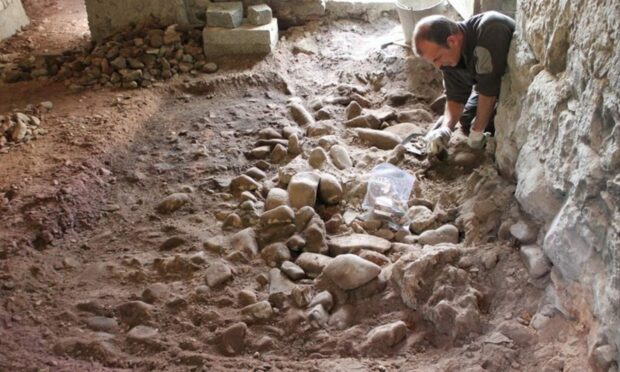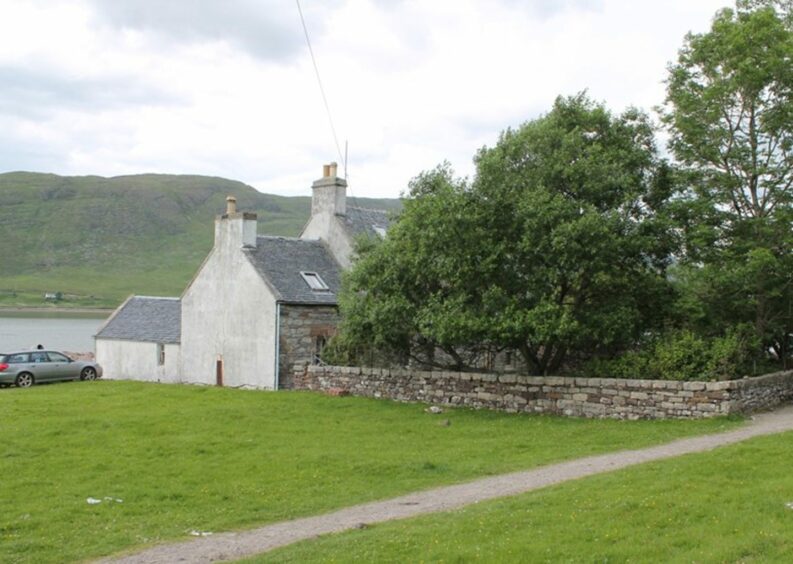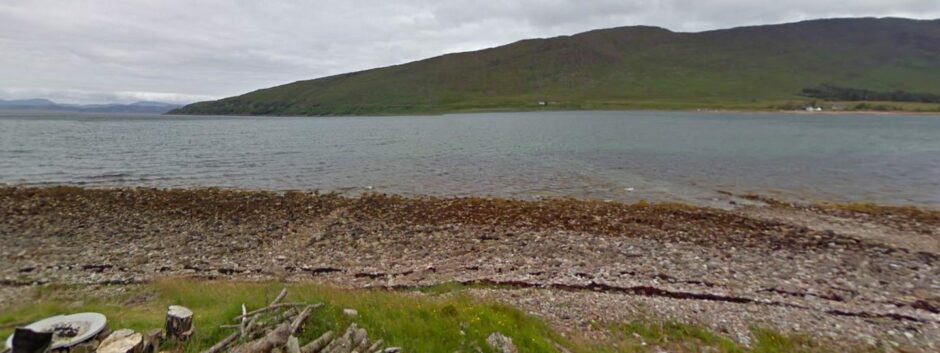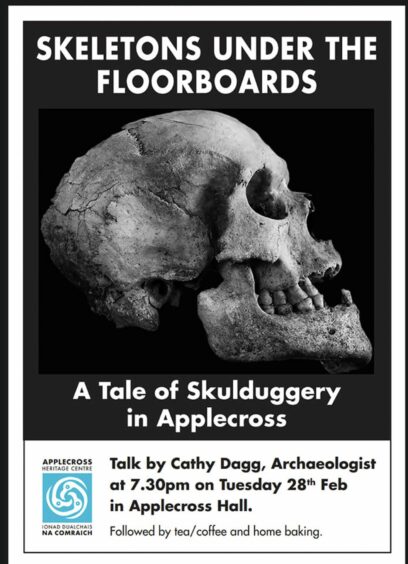The story behind a mysterious burial site found under a Highland holiday home will be shared at an upcoming event.
Back in July 2015, renovation work was being carried out on a property in Applecross when the workmen made a surprising discovery.
Word quickly spread about the human skull which was pulled out from under the kitchen floor in the Old Estate Office, a listed building which dates back to about 1820.
Cathy Dagg, from Wester Ross, has carried out a number of archaeological jobs for the Applecross Estate over the years so she was the first person they called when the skull was discovered.
The archaeologist was joined by a colleague and the Applecross Archeological Society to carry out the excavation.
“There was a possibility of it being a modern murder – way back to about 1600 – so it could be something we could solve through detective work,” she said.
“When we got there and started cleaning it up, we realised there were a lot of skeletal remains there. When we laid them out we realised we had three lower jaw bones, so it was a multiple burial.
“There was a huge number of bone fragments because it was very mashed and really hard to work out what belonged to each skeleton.”
‘Huge excitement in archaeological world’
The Applecross Estate then paid for carbon dating to be completed which led to the “amazing” finding that the bones dated all the way back to the Iron Age.
“This was really exciting to archaeology because we don’t have Iron Age burials on the West Coast,” Ms Dagg shared.
“We went from almost zero sites to start off with to end up with three. There was huge excitement in the archaeological world.”
However, this did not mark the end of the story of the Applecross burial with further analysis leading to the revelations of another big finding.
Although they were not full skeletons, archaeologists were able to determine that the bones had belonged to a total of six different people.
Ms Dagg explained that the burial site had been so well preserved because it was on a raised beach with no soil.
“It was very dry,” she added. “We don’t get Iron Age burials surviving because our soils are very acidic over here so they spoil the bone.”
The six skeletons had been further protected by being under the property for hundreds of years, during its time as a merchant’s house, an estate office and a family home.
‘All will be revealed’
The archaeologist has now been invited to share the story of the discovery at an event organised by the Applecross Heritage Centre.
Skeletons Under the Floorboards: A Tale of Skuldugerry in Applecross will take place at the community hall at 7.30pm on Tuesday.
Ms Dagg added: “We have some new interesting and unusual things to discuss at the talk, all will be revealed.
“There’s human interest and archaeological interest. It’s a great story.”




Conversation